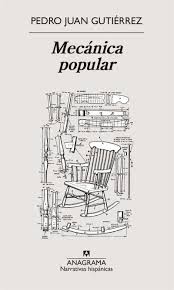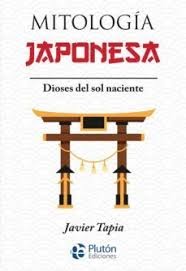
Idioma original: Español
Year of publication: 2024
Valuation: Highly recommended
With Bukowski it happens a bit like with Maradona (and no, I’m not referring to his fondness for certain substances). Just as wherever a player appeared with even the slightest resemblance to the Argentine star we already had a “local” Maradona (the Maradona of the Carpathians, the Maradona of the Balkans…), wherever a writer appears who speaks openly about sex, alcohol and the like we already have the “local” Bukowski of the moment. This is what happens with Pedro Juan Gutiérrez, who in many reviews and articles is referred to as the Cuban Bukowski.
I will not be the one to correct the almost unanimous chorus of cultural champions (for example, it is something that Richard Bernstein (NYT) or Felipe Benítez Reyes say on the back cover of this book), but I will use a phrase from Pedro Juan himself to clarify it: So I don’t know exactly if what I do is realism, dirty, definitely not. What happens is that I am very interested in getting into the shadows of the characters, the dark side, the side that we all have, because we all have shadows, we all have vices, we all have evils, we all have a devil inside. (see full article HERE).
In any case, this is the least “Bukowskian” of the books I’ve read by Pedro Juan. I would even say that it could be closer to costumbrismo than to a hypothetical dirty realism. Let’s get down to business!
Seventeen stories make up this Popular mechanics. These are texts that cover three decades (50, 60 and 70) of dizzying changes in Cuban society that we witness through Carlitos, the main character and/or witness of a good part of them, which leads us to the most accurate description of Popular mechanics as a fragmentary coming-of-age novel. In fact, we can see a development in Carlitos’ character that is very much in keeping with the novel.
In any case, these are texts in which dreams and reality are confronted (the new man vs. a still sexist and phallocratic society, the desire to conquer the world vs. scarcity, etc.), in which loneliness is fought through sex, rum and dancing, in which everything happens at such a dizzying speed that life seems like an accident fueled by the unexpected.
Beyond this portrait of Cuban society, there are three aspects that I would highlight in Pedro Juan’s prose:
- the management of the short sentence.
- the use of dialogue and “street” speech, which, together with the previous point, gives Pedro Juan’s texts a very characteristic rhythm.
- his ability to immerse us in the story with just a few lines. Pedro Juan doesn’t beat around the bush, “neither for one thing nor for another.”
Finally, I would like to mention the three texts that are, in my opinion, most notable. They are:
- The beating heart, with its metaphorical memories and lessons and loaded with frustration and loneliness.
- Serial killers, perhaps the text in which the contradictions of a society in full turmoil are best and most clearly shown.
- Abundance of fish, the most cinematic and “modern” of them all.
Anyway, we’ll talk about Pedro Juan again in not too long. Beyond labels (after all, Where some see poetry, others see sordidity (or vice versa)), Pedro Juan shows with these texts that he is still in good shape. We will talk about him again shortly.
Source: https://unlibroaldia.blogspot.com/2024/07/pedro-juan-gutierrez-mecanica-popular.html


